当前位置:网站首页>D - How Many Answers Are Wrong
D - How Many Answers Are Wrong
2022-07-06 06:13:00 【RCyyds】
Portal :How Many Answers Are Wrong
TT and FF are … friends. Uh… very very good friends -________-b
FF is a bad boy, he is always wooing TT to play the following game with him. This is a very humdrum game. To begin with, TT should write down a sequence of integers-_-!!(bored).
Then, FF can choose a continuous subsequence from it(for example the subsequence from the third to the fifth integer inclusively). After that, FF will ask TT what the sum of the subsequence he chose is. The next, TT will answer FF’s question. Then, FF can redo this process. In the end, FF must work out the entire sequence of integers.
BoringBoringa very very boring game!!! TT doesn’t want to play with FF at all. To punish FF, she often tells FF the wrong answers on purpose.
The bad boy is not a fool man. FF detects some answers are incompatible. Of course, these contradictions make it difficult to calculate the sequence.
However, TT is a nice and lovely girl. She doesn’t have the heart to be hard on FF. To save time, she guarantees that the answers are all right if there is no logical mistakes indeed.
What’s more, if FF finds an answer to be wrong, he will ignore it when judging next answers.
But there will be so many questions that poor FF can’t make sure whether the current answer is right or wrong in a moment. So he decides to write a program to help him with this matter. The program will receive a series of questions from FF together with the answers FF has received from TT. The aim of this program is to find how many answers are wrong. Only by ignoring the wrong answers can FF work out the entire sequence of integers. Poor FF has no time to do this job. And now he is asking for your help~(Why asking trouble for himself~~Bad boy)
Input
Line 1: Two integers, N and M (1 <= N <= 200000, 1 <= M <= 40000). Means TT wrote N integers and FF asked her M questions.
Line 2…M+1: Line i+1 contains three integer: Ai, Bi and Si. Means TT answered FF that the sum from Ai to Bi is Si. It’s guaranteed that 0 < Ai <= Bi <= N.
You can assume that any sum of subsequence is fit in 32-bit integer.
Output
A single line with a integer denotes how many answers are wrong.
Sample Input
10 5
1 10 100
7 10 28
1 3 32
4 6 41
6 6 1
Sample Output
1
The question : Tell you m Weights of intervals , Find out the number of weights of the wrong interval . Be careful , Before finding out the weight between obvious errors , They all think that everything from the previous one to the previous error interval is right .
Ideas : It is a classic topic of interval and search set , First contact with this type of topic , mentally . After reading some people's blogs, I understand .
First sum Array is the core of this problem , You can understand it as the weight from this node to its ancestor node , If it is understood as an interval , It's the left closed and right closed interval , The left end point of the interval is the node , The right endpoint is its ancestor node .
Here is a schematic diagram :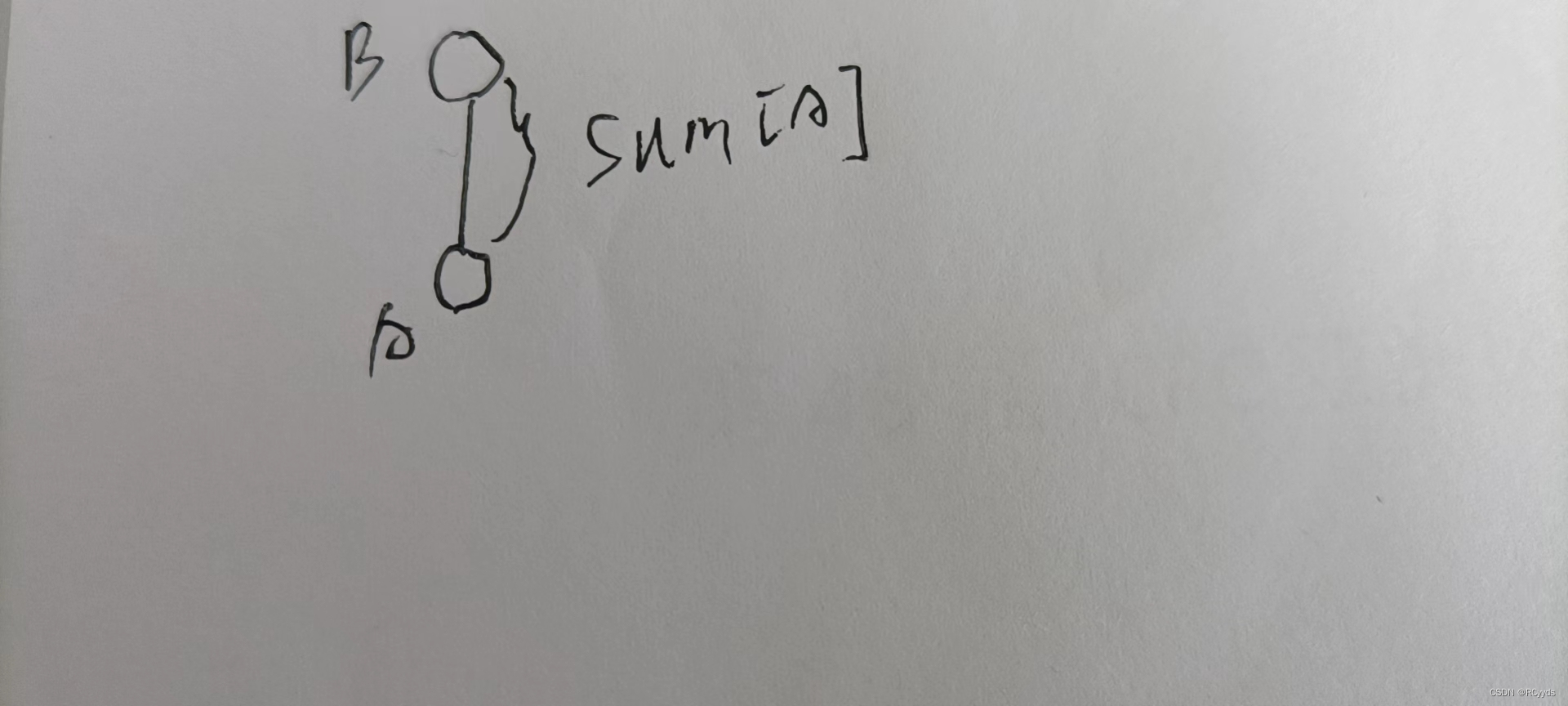
among B yes A The ancestor node of .
Next, back to the topic itself , When the ancestor nodes of two nodes are the same , It means they are in a range , We assume that b Below ,a On the top , Then it's judgment sum[b]-sum[a] Is it equal to s 了 , It's not equal to ans++;
Here is a schematic diagram :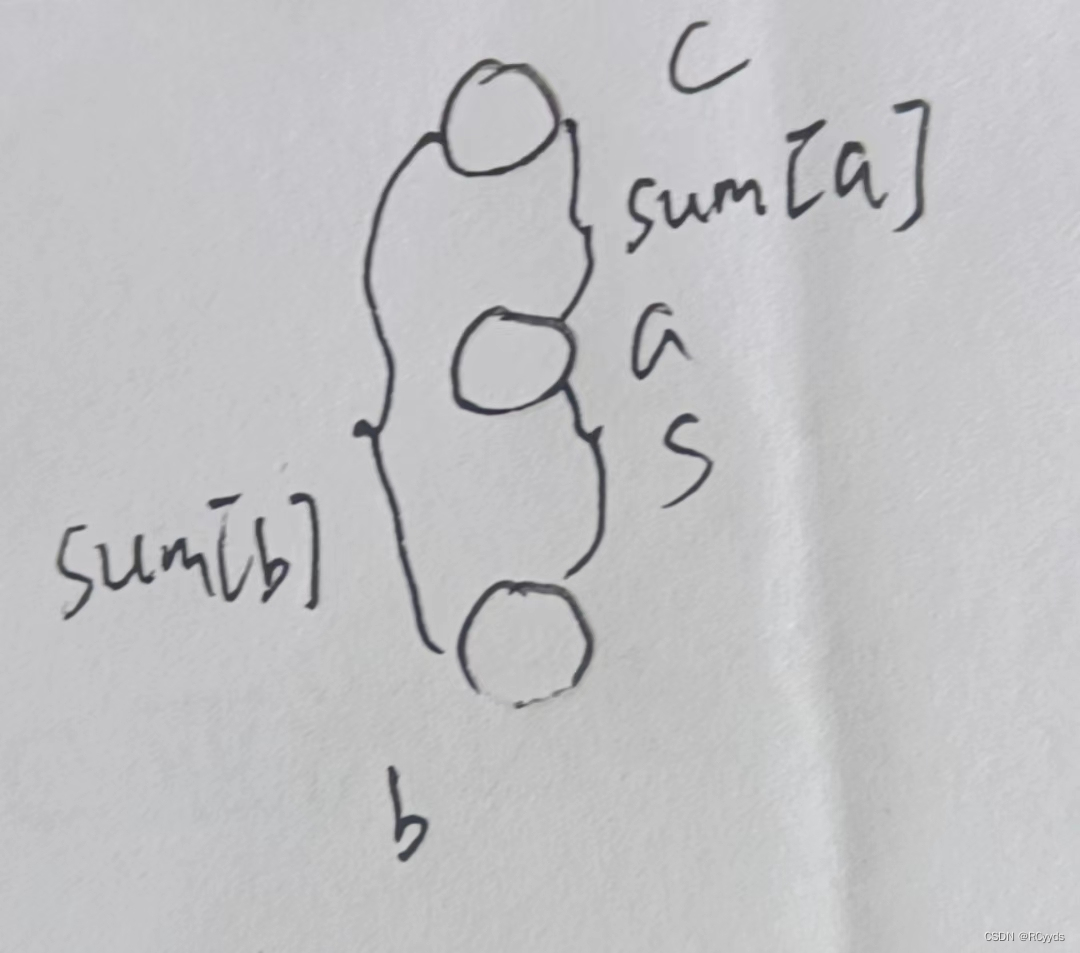
because sum It is a left closed and right closed interval , therefore a One less , such sum[b]-sum[a] Namely [a,b] The weight of this interval .
When the ancestor nodes of two nodes are different , The schematic diagram is as follows :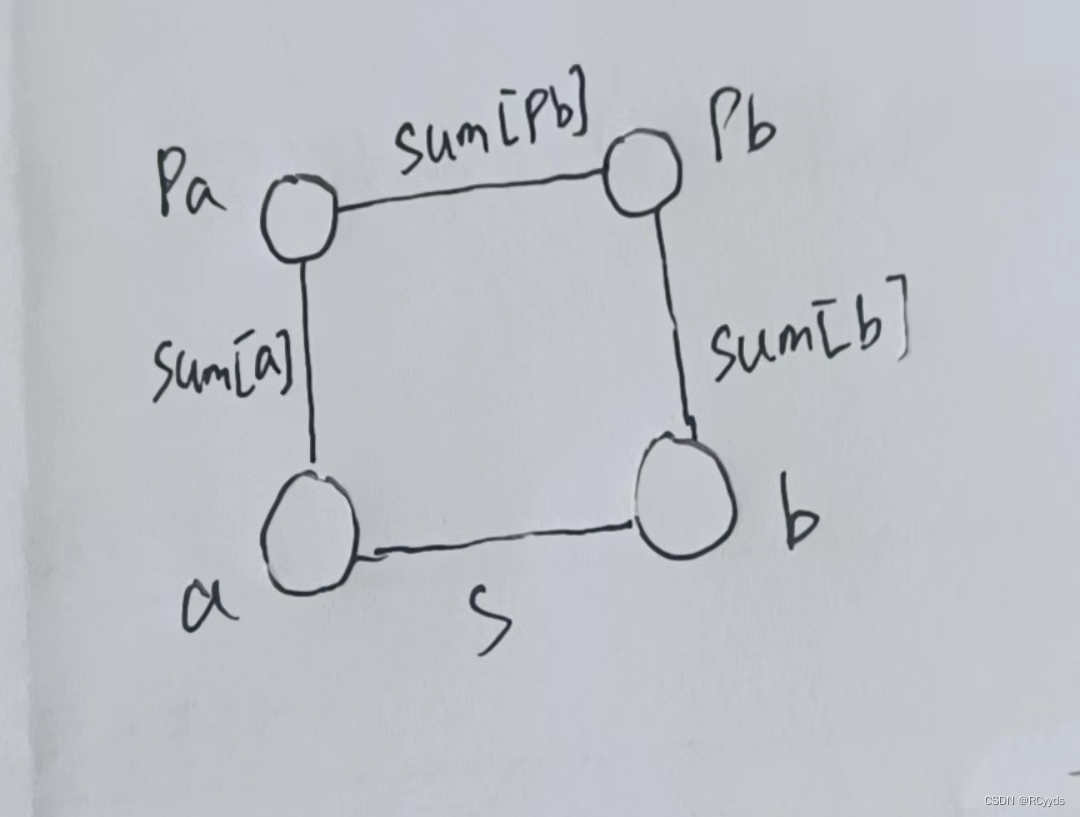
We first make pa Become pb The ancestor node of , because sum[a],sum[b] All in find It is found in the function ,s It is known that ,sum[pb] You can find out ,sum[pb]=s+sum[a]-sum[b];
See code for details .
Code :
#include<iostream>
#include<stdio.h>
#include<string.h>
using namespace std;
const int N=2e5+5;
int f[N],sum[N];//f[i] Express i Father ,sum[i] Express i This point to f[i] The sum between this point
int find(int x)
{
if(x!=f[x])
{
int pre=f[x];
f[x]=find(f[x]);// Path compression , Make all nodes point to the root node ,
sum[x]+=sum[pre];// The reason for adding here is that after all the parts are updated, it's good to update here at one time
}
return f[x];
}
int main()
{
int n,m;
scanf("%d%d",&n,&m);
memset(sum,0,sizeof(sum));
int ans=0;
for(int i=1;i<=n;i++)
f[i]=i;
while(m--)
{
int a,b,s;
scanf("%d%d%d",&a,&b,&s);
a--;
int pa=find(a);
int pb=find(b);
if(pa==pb)
{
if(sum[b]-sum[a]!=s)
ans++;
}
else{
f[pb]=pa;
sum[pb]=s+sum[a]-sum[b];
}
}
printf("%d\n",ans);
return 0;
}
边栏推荐
- Company video accelerated playback
- 黑猫带你学UFS协议第18篇:UFS如何配置逻辑单元(LU Management)
- 【微信小程序】搭建开发工具环境
- [leetcode] day96 - the first unique character & ransom letter & letter ectopic word
- P问题、NP问题、NPC问题、NP-hard问题详解
- G - Supermarket
- Linux regularly backs up MySQL database
- 数据库隔离级别
- VINS-Mono: A Robust and Versatile Monocular Visual-Inertial State Estimator
- JMeter做接口测试,如何提取登录Cookie
猜你喜欢
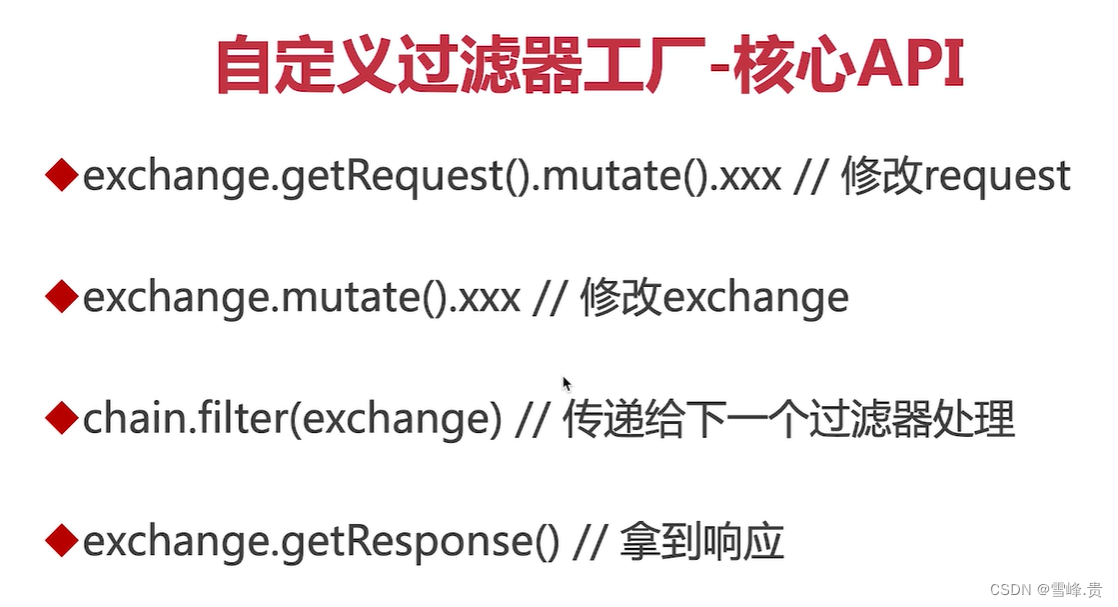
自定义指定路由上的Gateway过滤器工厂

GTSAM中李群的運用

【Tera Term】黑猫带你学TTL脚本——嵌入式开发中串口自动化神技能
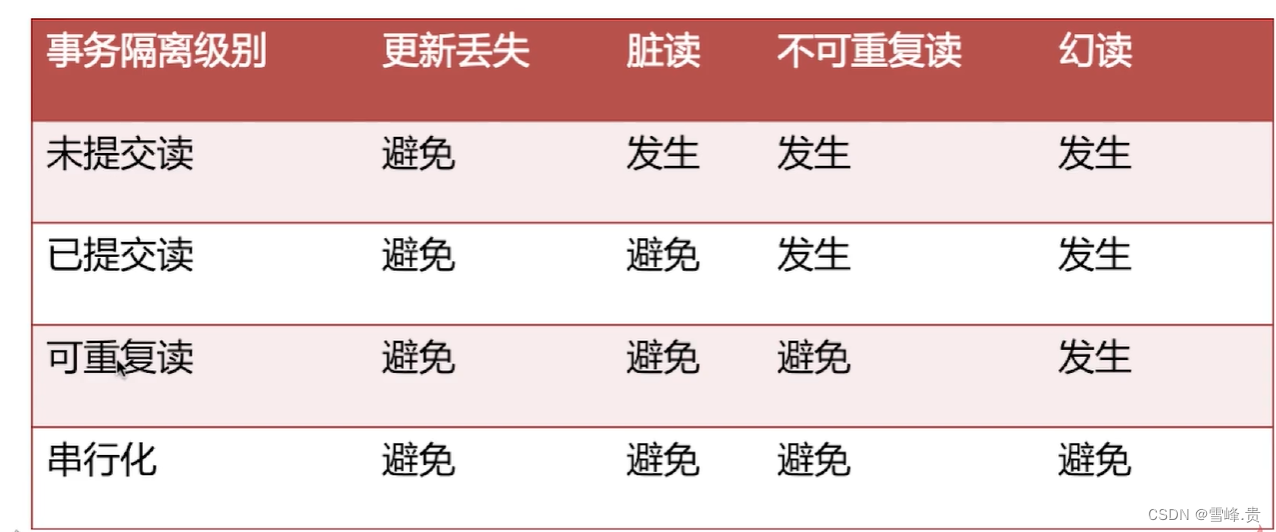
数据库隔离级别

Understanding of processes and threads
![[postman] collections - run the imported data file of the configuration](/img/85/7ac9976fb09c465c88f376b2446517.png)
[postman] collections - run the imported data file of the configuration
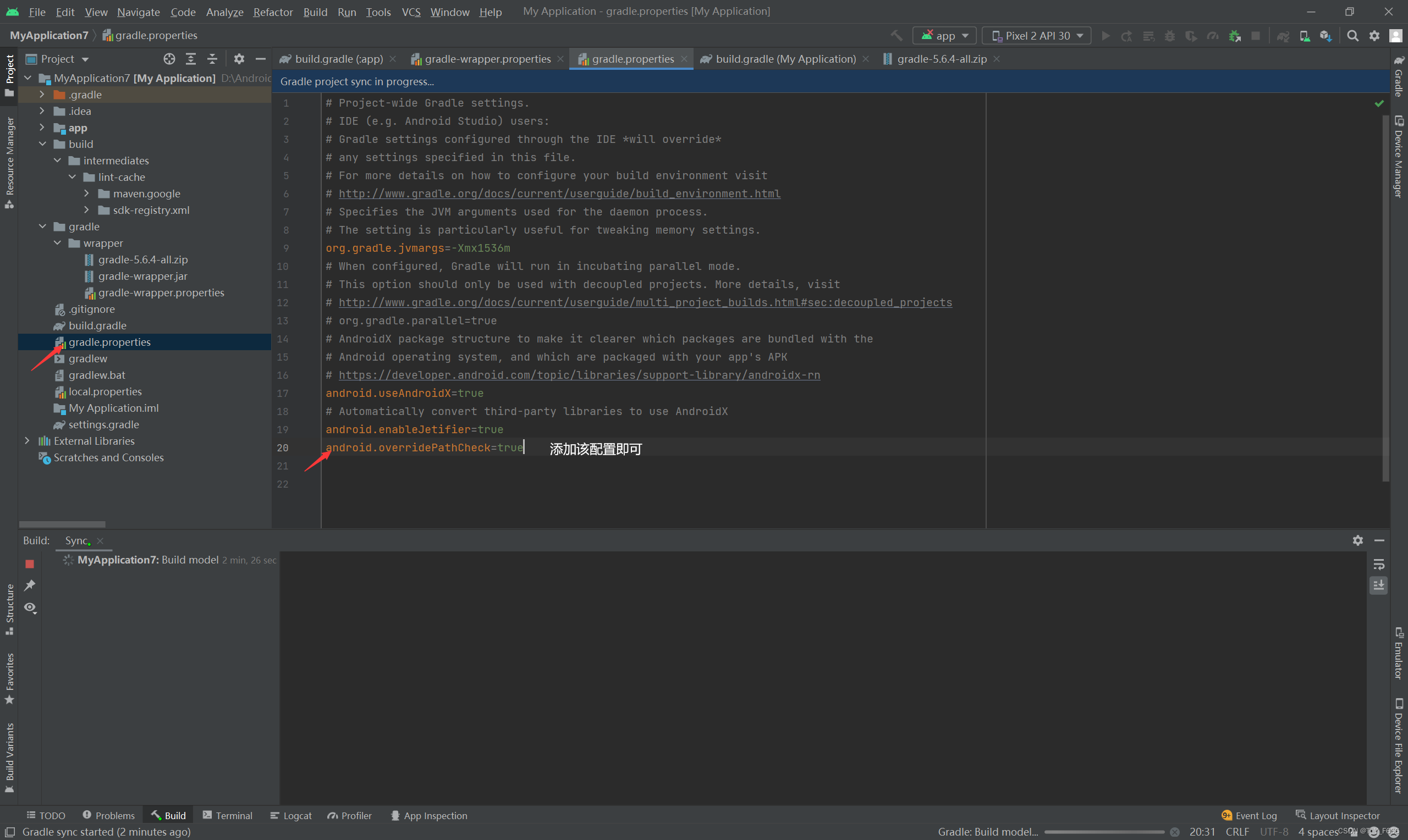
Caused by:org.gradle.api.internal.plugins . PluginApplicationException: Failed to apply plugin

(5) Explanation of yolo-v3 core source code (3)

数据库-当前读与快照读

误差的基本知识
随机推荐
Dynamic programming -- knapsack problem
PAT(乙级)2022年夏季考试
Digital triangle model acwing 1015 Picking flowers
【C语言】字符串左旋
Clock in during winter vacation
Caused by:org.gradle.api.internal.plugins . PluginApplicationException: Failed to apply plugin
Coordinatorlayout+nestedscrollview+recyclerview pull up the bottom display is incomplete
Function of contenttype
How to recover Huawei router's forgotten password
假设检验学习笔记
About PHP startup, mongodb cannot find the specified module
The ECU of 21 Audi q5l 45tfsi brushes is upgraded to master special adjustment, and the horsepower is safely and stably increased to 305 horsepower
nodejs实现微博第三方登录
The latest 2022 review of "graph classification research"
10m25dcf484c8g (FPGA) amy-6m-0002 BGA GPS module
Configuring OSPF GR features for Huawei devices
ESP32 ESP-IDF看门狗TWDT
Wib3.0 leapfrogging, in leapfrogging (ง • ̀_•́) ง
[ram IP] introduction and experiment of ram IP core
[postman] test script writing and assertion details